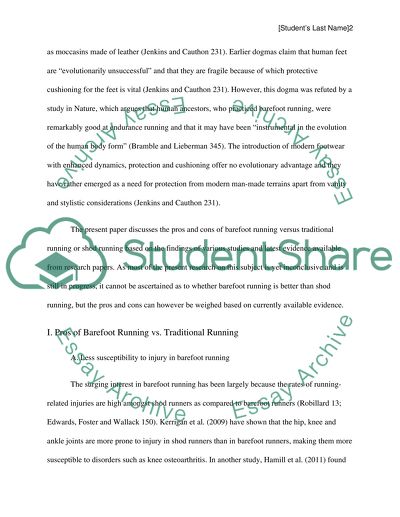Cite this document
(“Barefoot Running vs Traditional Running, The Pros and Cons Research Paper”, n.d.)
Retrieved from https://studentshare.org/english/1396640-barefoot-running-vs-traditional-running-the-pros
Retrieved from https://studentshare.org/english/1396640-barefoot-running-vs-traditional-running-the-pros
(Barefoot Running Vs Traditional Running, The Pros and Cons Research Paper)
https://studentshare.org/english/1396640-barefoot-running-vs-traditional-running-the-pros.
https://studentshare.org/english/1396640-barefoot-running-vs-traditional-running-the-pros.
“Barefoot Running Vs Traditional Running, The Pros and Cons Research Paper”, n.d. https://studentshare.org/english/1396640-barefoot-running-vs-traditional-running-the-pros.


